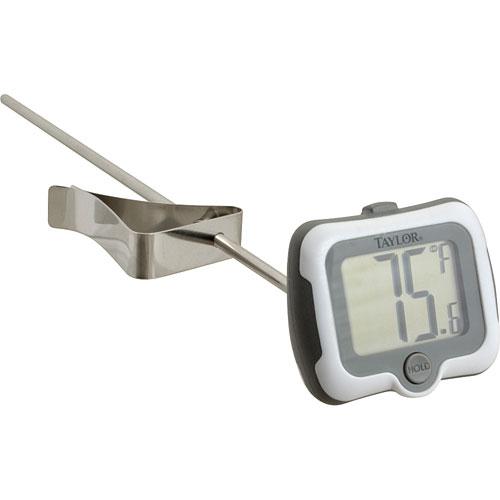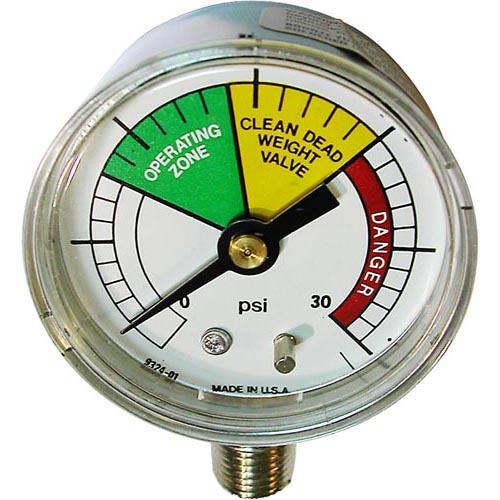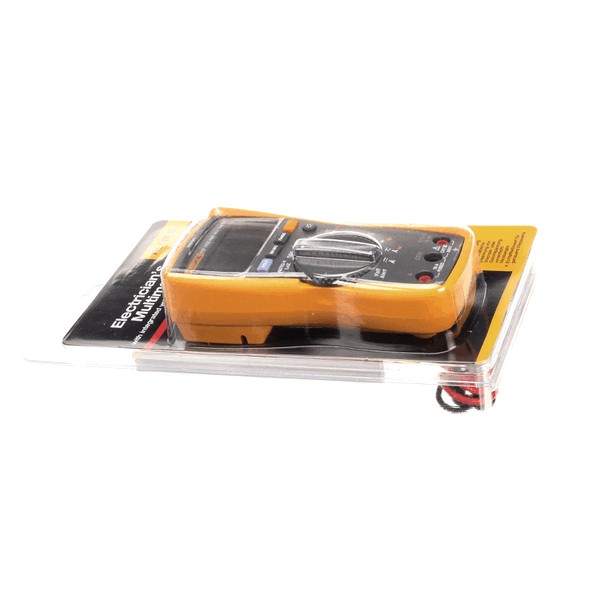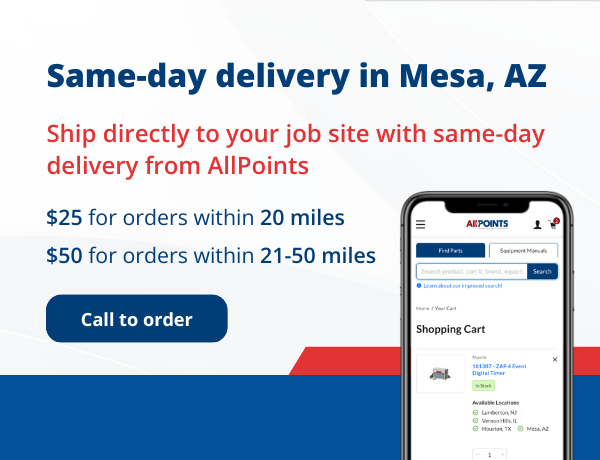Essential Calibration Tools for Precision and Compliance
Aug 16th 2024

In any industry with equipment failure, calibration is not just a technical necessity — it's a cornerstone of quality assurance and regulatory compliance. Whether you're working in manufacturing, food service, or any field where accuracy is paramount, having the right calibration tools at your disposal is crucial. Let's explore some essential calibration tools and how to use them effectively to ensure performance and compliance with industry standards.
Temperature Calibration Tools
Accurate temperature measurements are critical for food safety and quality. If the temperature readings of a thermometer, oven, refrigerator, freezer, dishwasher, or holding equipment aren't accurate, it could lead to an outbreak of foodborne illness.
Key tools include:
- Digital thermometers: These versatile instruments offer quick, accurate temperature readings to measure against a wide range of applications.
- Temperature calibrators: These devices provide a stable temperature reference for calibrating other temperature measurement equipment.
When using these tools, remember to allow sufficient time for temperature stabilization and to verify readings at multiple points across the desired temperature range.
Pressure Calibration Tools
Precise pressure measurements are common in large-scale commercial or industrial food production facilities where control over pressure is critical for product consistency and regulatory compliance. Checking gas line pressure, water filtration pressure, and pneumatic automations are a key component of pressure calibration.
Key tools include:
- Pressure gauges: These come in various types, from simple analog gauges to high-precision digital models.
- Pressure switch: This water pressure switch prevents overfilling by sensing the water pressure and signaling the dishwasher's control board to stop filling when the optimal water level is reached.
For accurate pressure calibration, always ensure that your calibrator has even higher accuracy than the device being calibrated, and remember to account for atmospheric pressure when dealing with gauge pressure measurements.
Electrical Calibration Tools
Due to the complexity of electrical work, these calibration tools are not typically used in kitchens by anyone except qualified maintenance professionals. These tools help monitor energy consumption, troubleshoot electrical issues, and perform safety tests for appliances in the kitchen.
Key tools include:
- Multimeters: These versatile instruments can measure voltage, current, and resistance.
- Thermocouple electrical comparator: This tool compares two input voltages and outputs a signal showcasing which is larger.
When calibrating electrical equipment, always ensure proper electrical safety precautions are followed, and verify calibration at multiple points across the instrument's range.
Compliance with Industry Standards
Using calibration tools correctly is only part of the equation. To ensure compliance with industry standards, consider the following:
- ISO/IEC 17025: This international standard specifies general requirements for the competence of testing and calibration laboratories.
- NIST traceability: Ensure your calibration tools have certificates tracing their calibration back to national standards.
Maintaining Calibration Tool Accuracy
To keep your calibration tools performing at their best:
- Adhere to regular recalibration schedules as recommended by the manufacturer.
- Store tools properly in controlled environments to prevent damage or drift.
- Maintain thorough documentation of all calibration activities and results.
Selecting the right calibration tools and using them correctly is essential for maintaining accuracy and compliance in your operations. By understanding the proper use of temperature, pressure, and electrical calibration tools, and adhering to industry standards, you can ensure the precision and reliability of your measurements and processes.
The specific tools you choose should match your industry requirements and the particular equipment you need to calibrate. Always consult manufacturer guidelines and industry best practices when implementing a calibration program.




